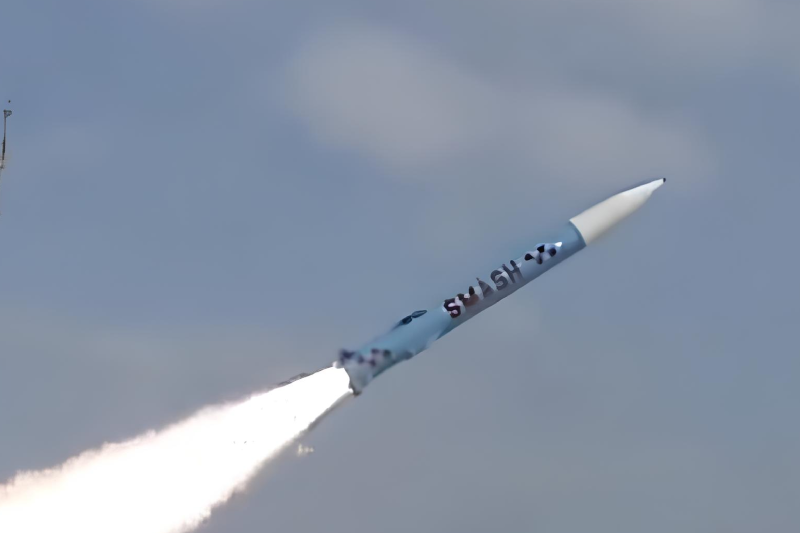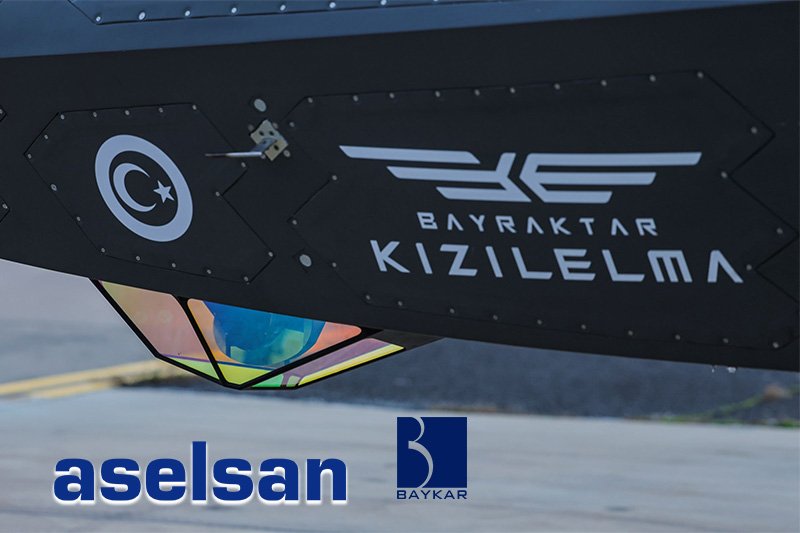Lockheed Martin Hands Over First TPY-4 Radar to US Air Force
Lockheed Martin has successfully delivered the first AN/TPY-4 radar system to the United States Air Force under the Three-Dimensional Expeditionary Long-Range Radar (3DELRR) program. This delivery marks a significant advancement in US air defense capabilities following the successful completion of early phase testing.
Replacing Aging Technology
The TPY-4 radar is designed to replace the aging AN/TPS-75 radar platform, which has served the Air Force for decades in tracking airborne threats. While the legacy system continues to operate in limited capacities, it lacks the advanced capabilities required to detect and track emerging threats in modern contested environments.
Advanced Digital Architecture
According to Lockheed Martin, the TPY-4 is built with a fully digital, software-defined sensor architecture. Each transmit/receive module incorporates advanced processing capabilities, allowing the system to adapt to evolving mission requirements. This flexibility is crucial for detecting next-generation, hard-to-track targets that might evade older radar systems.
Enhanced Electronic Warfare Resilience
A key feature of the TPY-4 is its ability to operate effectively even under electronic jamming conditions. This resilience is particularly important as electronic warfare capabilities continue to advance globally. The radar is specifically designed to provide early warning for long-range missile threats in contested electromagnetic environments.
Operational Flexibility
The TPY-4 system offers significant operational flexibility with both fixed-site and mobile variants. The radar can be transported by C-130, C-17, truck, rail, or helicopter, making it deployable across a wide range of operational scenarios and geographic locations.
Advanced Materials Technology
Lockheed Martin highlighted that the TPY-4 utilizes gallium nitride (GaN) components instead of older gallium arsenide (GaAs) technology. This upgrade enhances reliability, reduces operating costs, and increases operational flexibility. GaN technology allows for higher power output and better heat management, critical factors in radar performance.
Industry Leadership Perspective
“The successful completion of early phase testing and delivery of the first TPY-4 radar system underscores our dedication to providing the US Air Force with cutting-edge, high-performance systems that meet their evolving requirements and expectations,” said Rick Cordaro, vice president of Lockheed Martin’s Radar and Sensor Systems.
Also read this: Türkiye Bayraktar TB2 Achieves Spin Recovery Milestone
Part of Broader Acquisition Program
This delivery is part of the larger 3DELRR program, under which the US Air Force plans to acquire a total of 35 radar systems. Once fully deployed, these systems will significantly enhance US and allied capabilities in air and missile defense, particularly in contested or expeditionary environments where rapid deployment and reliable performance are critical.
Strategic Importance
The introduction of the TPY-4 radar represents an important step in maintaining U.S. technological superiority in air defense. As potential adversaries develop more sophisticated aircraft, missiles, and electronic warfare capabilities, advanced radar systems like the TPY-4 become increasingly vital for early warning and effective air defense operations.
Keep connected with us at Facebook, Twitter, YouTube, Instagram & TikTok for latest defense happening around the globe.
Discover more from International Defence Analysis
Subscribe to get the latest posts sent to your email.












